Hi #AmazingNature Community!
Always wishing everyone a good day. Let's remember that the sun rises for @everyone!😃🌞
Once again, I bring you content that I consider to be of quality, this takes several hours of reading, comprehension and writing.💡📚
But more than that, this is one more publication so that together we can appreciate and contemplate how wonderful our nature is! I prefer the marine and aquatic environment, that is my specialty🐬🐟🦈🦀🐢🐳🐙 I hope you enjoy!🐬🐟🦈🦀🐢🐳🐙🤗
I remember that I had already used a phrase like: "sometimes organisms that small can cause big problems" oh yep! I already remembered: @juanbg/red-tide-deadly-consequences-real-clinical-cases
In that link I talked about how small organisms cause big catastrophes like the red tide. Here in this post something similar happens, but this time the catastrophe goes to a group of the individual who was infected...
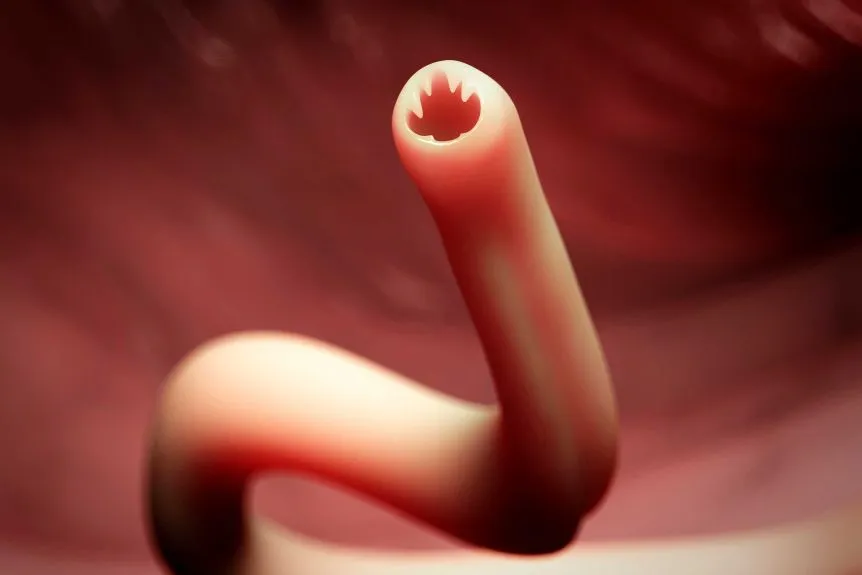
Photo by Tegan Taylor

A research published by Demandt and collaborators
Institute for Evolution and Biodiversity, Germany
Introduction
We all know the consequences of infection by a parasite, as it greatly affects the host. Parasites with complex life cycles have developed strategies so that they can affect an entire group and not just the host (Moore, 2002).
Fortunately for the host, parasites that have complex life cycles, and therefore long duration, are not transmitted directly between individuals of the same host species. However, if there is an infected individual in the group, it can have serious consequences, especially if it is a united group and where there is collective work. As I said before, the parasite alters the behavior of the infected individual, and this could lead to others trying to imitate this, or it simply affects others (Couzin, 2009).
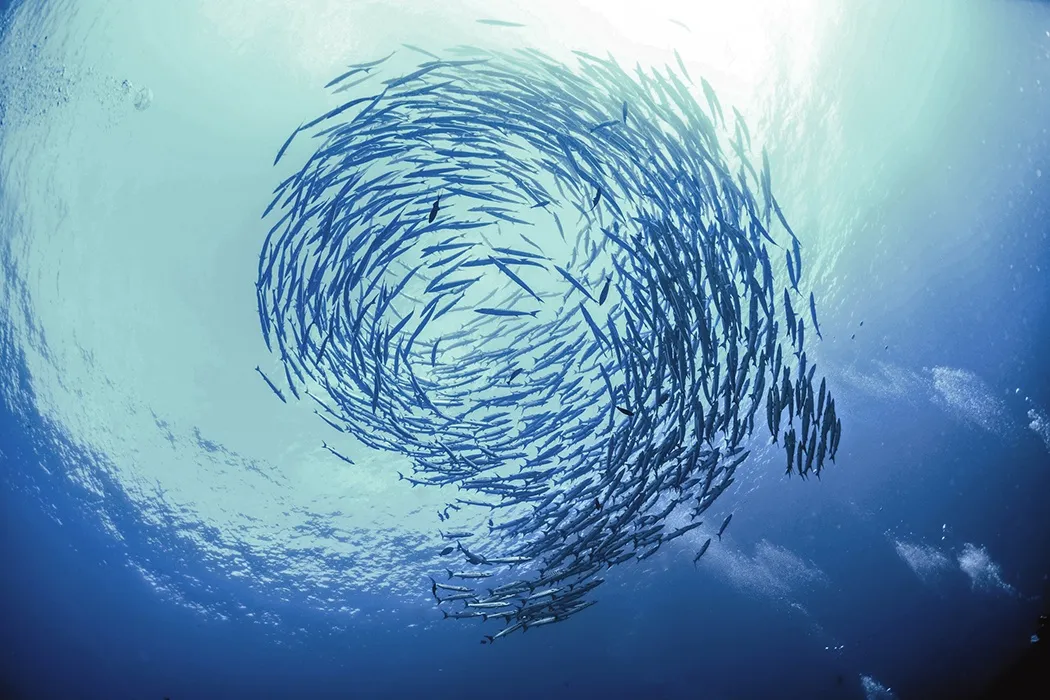
Photo by James MacDonald

To verify this, an experiment was carried out with sticklebacks fish (Gasterosteus aculeatus) and their infection with the tapeworm Schistocephalus solidus, a clear example that is used in parasitology (Barber, 2010).
The three-spined stickleback is a small teleost fish found in freshwater and coastal marine habitats throughout much of the world. They are fish that swim in large schools, this with the aim of not being predated (Wootton, 1976).
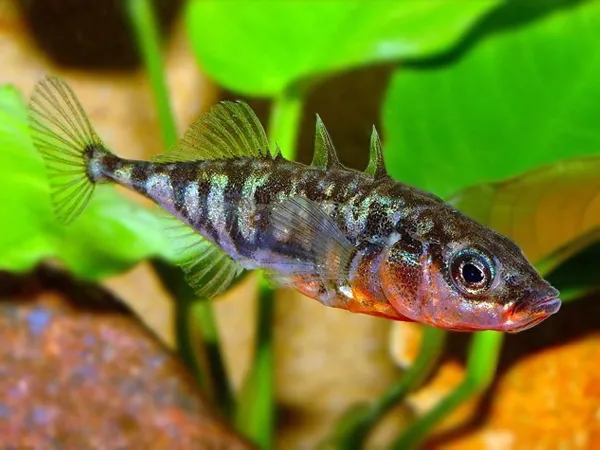
Photo by Aquafood UK "Gasterosteus aculeatus"
The tapeworm S. solidus is a frequent parasite in sticklebacks (Wootton, 1976). But with the characteristic that it does not reproduce inside the fish, if not in the stomach of the birds that eat the sticklebacks.
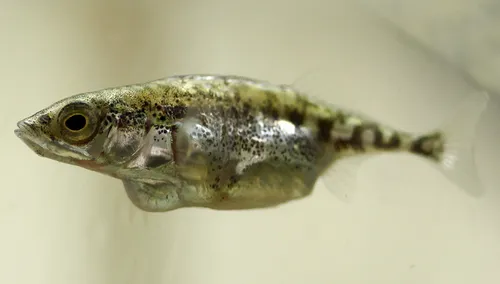
Photo by Nina Hafer "it's a sticklebacks and... tapeworm inside"😰
The eggs are then passed with the bird's feces into the water, where the larvae hatch and infect the first intermediate host, a small crustacean, the sticklebacks eat the small crustaceans, and so the cycle repeats(Hammerschmidt, 2009). Impressive, isn't it?😱🐟

Experiment results
Three elements were used for the experiment:
A group of infected sticklebacks🐡
A group of uninfected sticklebacks🐟
An artificial bird located outside the habitat of sticklebacks🦆
It was observed that, indeed, the infected individuals had alterations in their behavior, even they were separated from the group. Thus, uninfected individuals were more likely to escape to a safe area after the bird attack. It seems as if the infected individuals did not care so much to move away from the area where the birds were attacking!

Interesting fact! According to the results of this experiment, uninfected individuals behave as if they were!

Photo by Eizaguirre Lab

I don't know about you, but I am impressed by how parasites design new methods to infect, the most impressive thing is that these methods turn out to be effective❗️
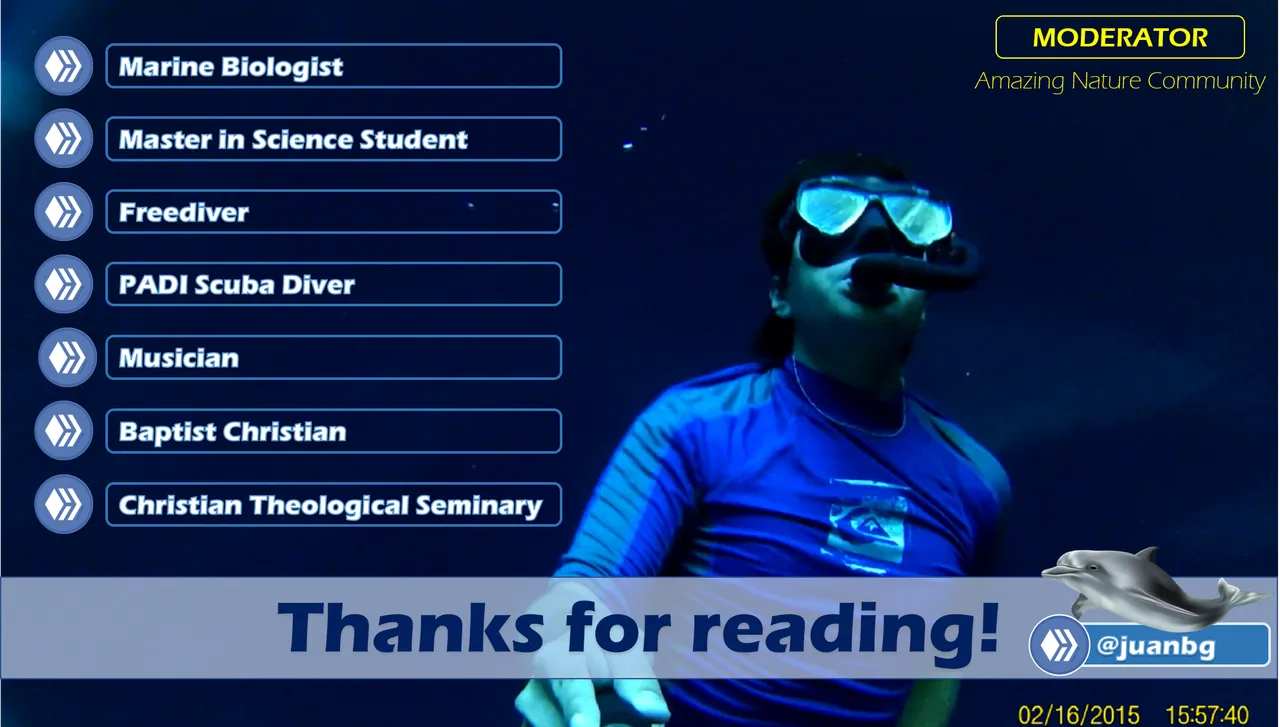

DNA - Densifying Nature-Appreciation :
Amazing Nature Curator - Moderator

DNA is an organization to foster and DENSIFY NATURE-APPRECIATION which aims to establish REPORTS OF BIODIVERSITY DATA that is contributed by all of us Hiveans and subsequently cataloged.
Admin: @adalger (leader/curator/ #amazingnaturecontest)📸
Therefore DNA searches for HIGH-QUALITY posts that aim to DESCRIBE and determine the BIODIVERSITY AROUND YOU with added EXPLANATIONS and INFORMATION. For these informative posts they offer a CURATION SERVICE using the @dna.org account. It is also a CURATION TRAIL. Just add the #dna TAG if you think that any of your posts is what they are looking for.
 Clickable Banner for free usage. Redirects to the Amazing Nature Community
Clickable Banner for free usage. Redirects to the Amazing Nature Community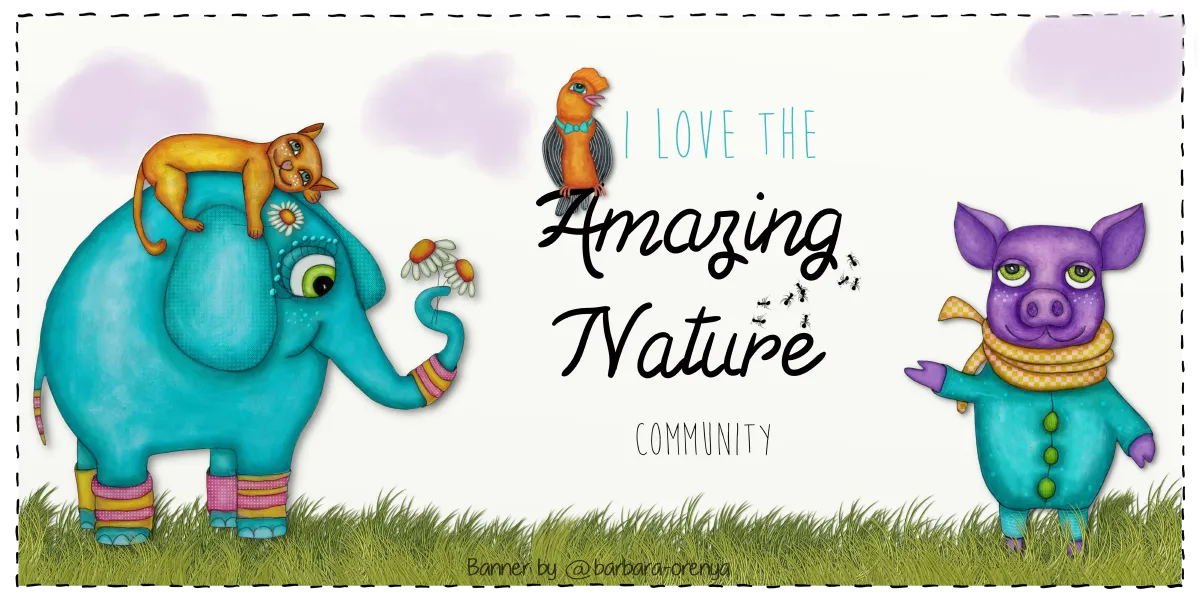 Clickable Banner by @barbara-orenya
Clickable Banner by @barbara-orenya